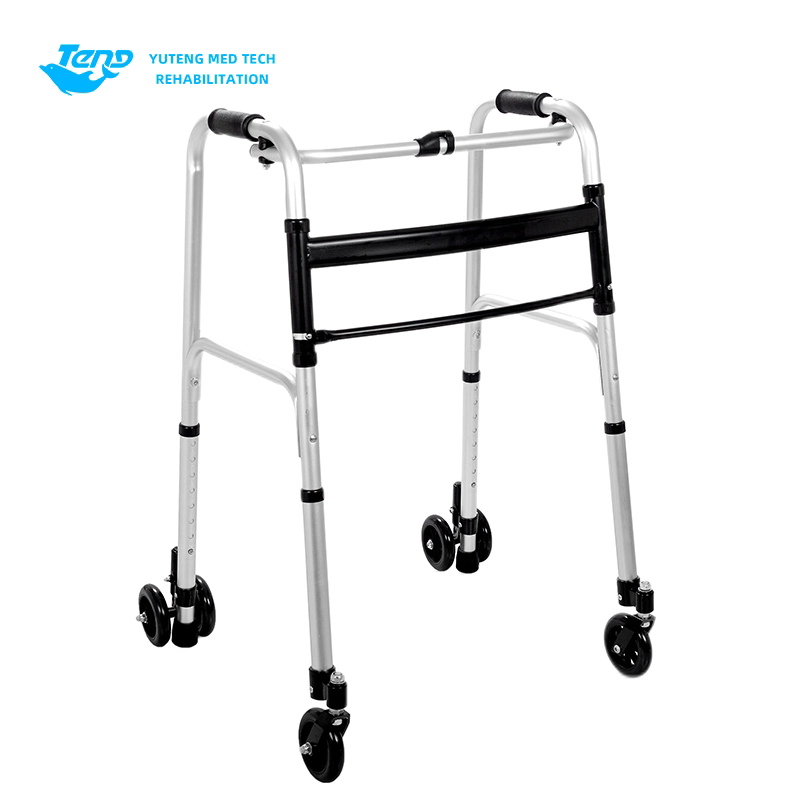Medical Walkers: Enhancing Mobility and Independence
2025-05-27
A medical walker is an assistive device designed to provide support and stability for individuals with mobility challenges. Whether recovering from surgery, managing chronic conditions, or coping with balance issues, medical walkers help users move more safely and confidently.

What Is a Medical Walker?
Medical walkers are frame-based devices that users hold onto for balance while walking. Unlike canes or crutches, walkers offer four points of contact with the ground, distributing weight evenly and improving stability. They come in various designs, tailored to different mobility needs.
Types of Medical Walkers
Standard Walkers
Basic four-legged frames without wheels. Require the user to lift the walker to move forward.
Rolling Walkers
Equipped with two or four wheels, allowing for smoother movement without lifting.
Two-Wheel Walkers
Have wheels on the front legs and rubber tips on the back for a balance of stability and maneuverability.
Four-Wheel Walkers (Rollators)
Feature four wheels, brakes, and often a built-in seat for resting.
Knee Walkers
Designed for individuals who cannot put weight on one leg, providing a platform to rest the knee while propelling forward.
Benefits of Medical Walkers
Improved Stability: Reduces the risk of falls and injuries.
Increased Independence: Enables users to perform daily activities more freely.
Weight Support: Assists in bearing weight, easing strain on legs and joints.
Adjustable Features: Height and handles can be customized for comfort.
Additional Accessories: Some models include baskets, trays, or seats.
Choosing the Right Medical Walker
User’s Mobility Level: More active users may benefit from wheeled walkers.
Home Environment: Consider space constraints and flooring type.
Physical Strength: Some walkers require lifting; others roll smoothly.
Additional Features: Look for brakes, foldability, and storage options.
Maintenance and Safety Tips
Regularly check wheels, brakes, and grips for wear.
Keep the walker clean and dry to prevent slipping.
Use on flat, stable surfaces when possible.
Consult healthcare providers for proper walker fit and use.
Conclusion
Medical walkers are vital tools that enhance mobility, safety, and quality of life for many individuals. By choosing the appropriate type and using it correctly, users can regain confidence and independence in their daily movements.


